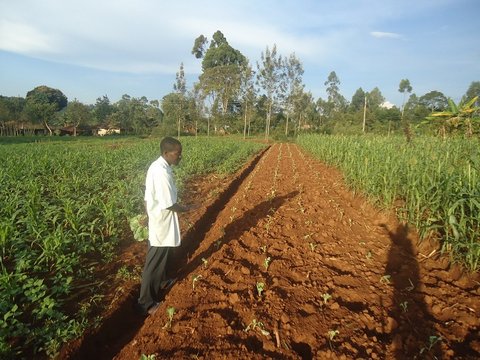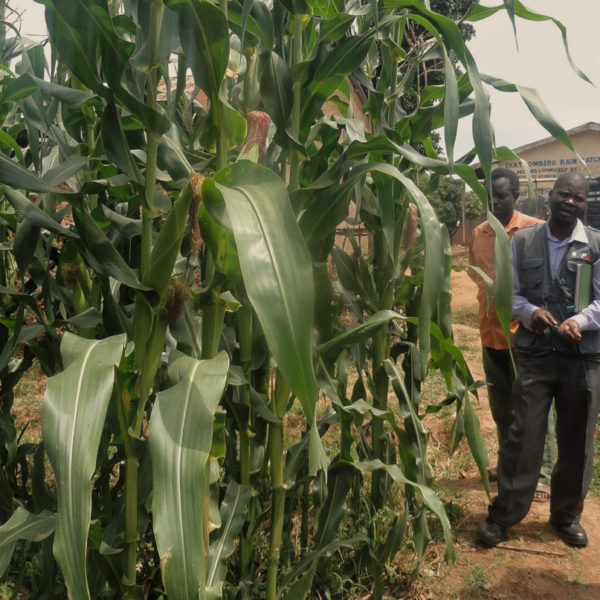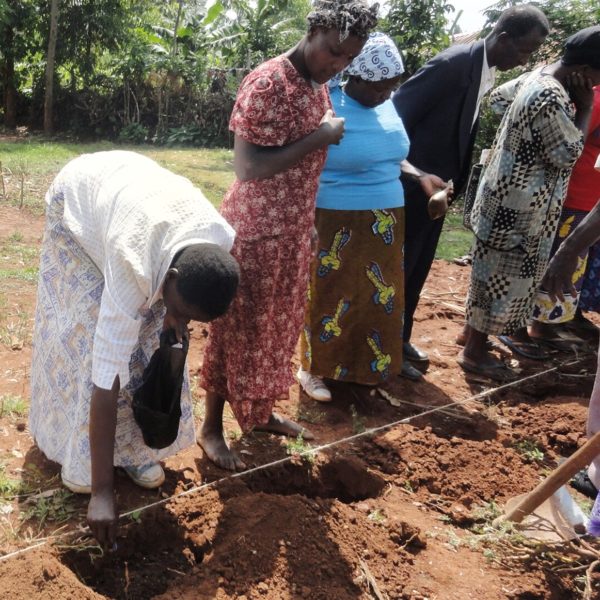We are very proud to have successfully introduced and actively promoted Conservation Agriculture (CA) practices in collaboration with PAFID (Participatory Approaches for Integrated Development, a Kenyan NGO). CA has become part of our regular training for farmers and in schools. By doing this, we are building on the existing skills of our trained farmers and schools while taking the prevalent ecology into consideration.
As FAO (the Food and Agriculture Organization of the UN) points out:
Conservation Agriculture (CA) is an approach to managing agro-ecosystems for improved and sustained productivity, increased profits and food security while preserving and enhancing the resource base and the environment. CA is characterized by three linked principles, namely:
- Continuous minimum mechanical soil disturbance.
- Permanent organic soil cover.
- Diversification of crop species grown in sequences and/or associations.
CA principles are universally applicable to all agricultural landscapes and land uses with locally adapted practices. CA enhances biodiversity and natural biological processes above and below the ground surface. Soil interventions such as mechanical soil disturbance are reduced to an absolute minimum or avoided, and external inputs such as agrochemicals and plant nutrients of mineral or organic origin are applied optimally and in ways and quantities that do not interfere with, or disrupt, the biological processes.
CA facilitates good agronomy, such as timely operations, and improves overall land husbandry for rain fed and irrigated production. Complemented by other known good practices, including the use of quality seeds, and integrated pest, nutrient, weed and water management, etc., CA is a base for sustainable agricultural production intensification. It opens increased options for integration of production sectors, such as crop-livestock integration and the integration of trees and pastures.




